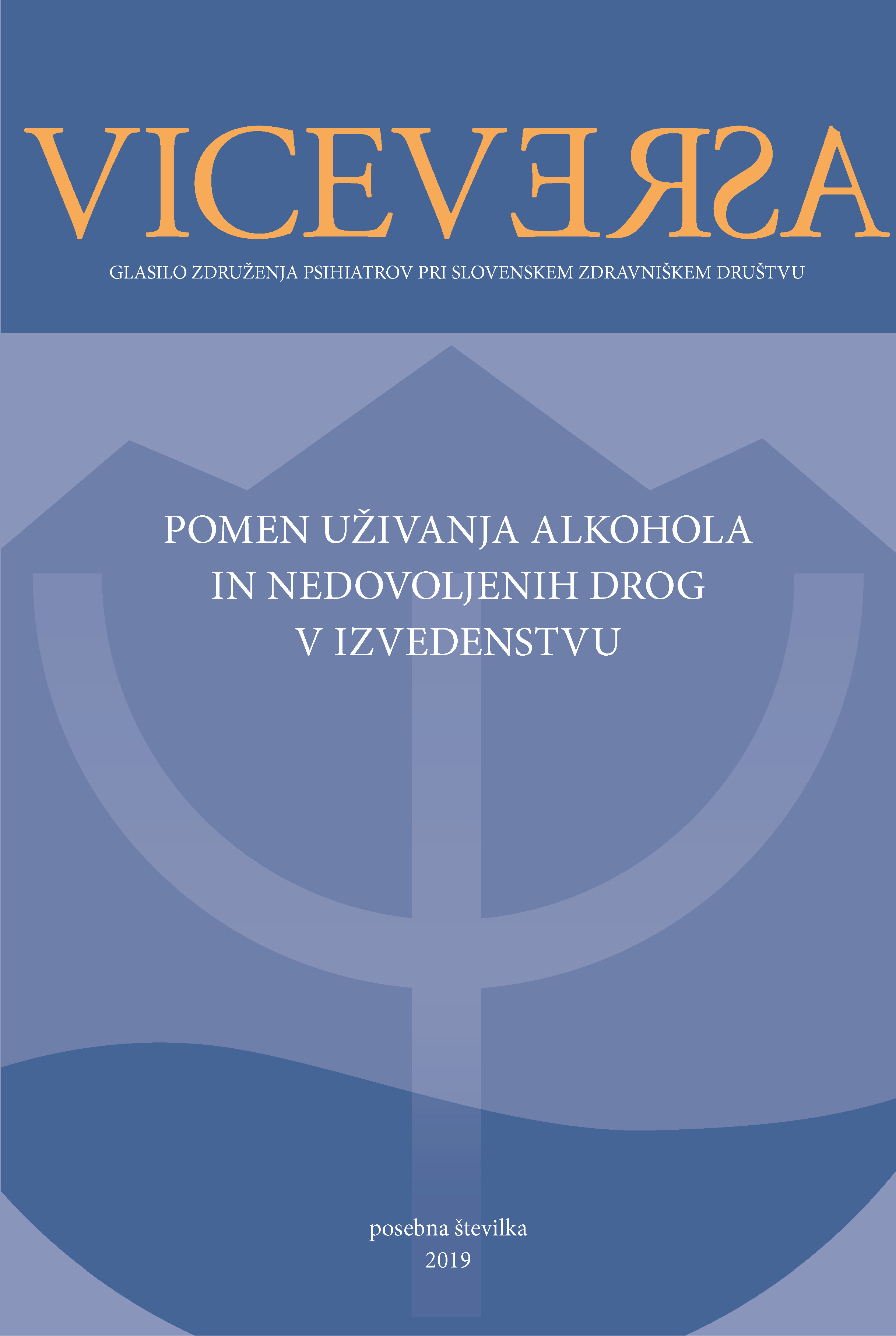Izzivi toksikološkega izvedenstva v primeru rabe alkohola in drugih psihoaktivnih snovi
Abstract
One of the most frequent tasks of the forensic toxicologist is to determine the concentration of the psychoactive substance in the blood of the person at the time of the particular event and to assess its potential influence on his/her performance. It
becomes more and more importantly in the field of criminal, civil and non-judicial proceedings to identify the relationships between the individual and the psychoactive substance. Is he/she a user of a psychoactive substance? Does he/she use a psychoactive substance occasionally, often, or regularly? Does he/ she use the psychoactive medicinal drug according to the physician’s instructions or according his/her own judgment and in a harmful way? Is he/she addicted to this substance?
In the field of family law, the quantitative determination of psychoactive substances and their metabolites in the hair was introduced to enlarge the window of observation. To the already established selection of indirect alcohol biomarkers: gamma glutamyl transferase (GGT), alanine aminotransferase (ALT), aspartate aminotransferase (AST) and carbohydrate deficient transferrin (% CDT), some direct alcohol biomarkers have been added: phosphatidyl ethanol (PEth) in blood and ethyl glucuronide (EtG) in hair, serum and urine, which significantly contributed to the diagnosis of harmful use of alcohol and the monitoring of abstinence.


